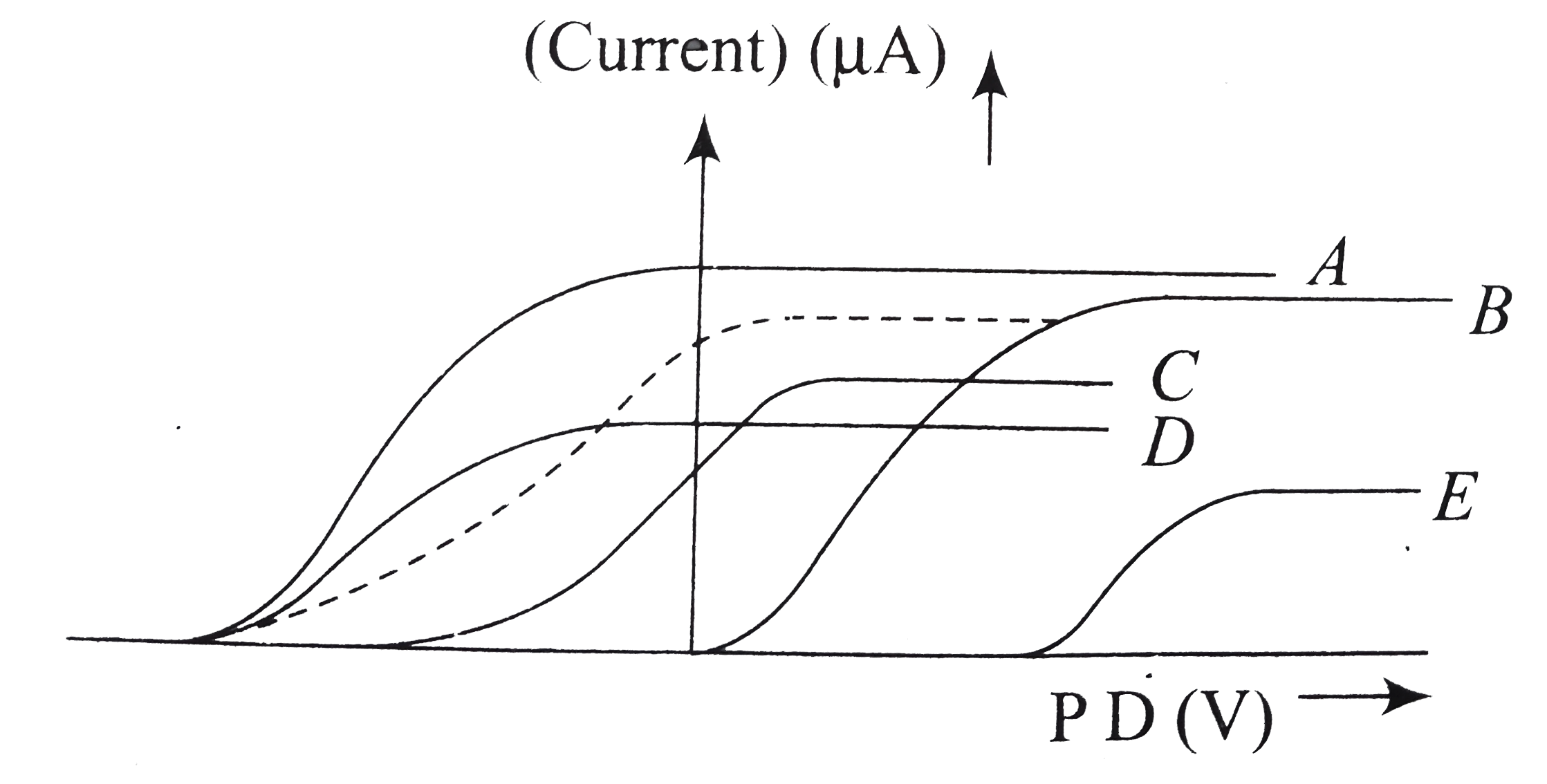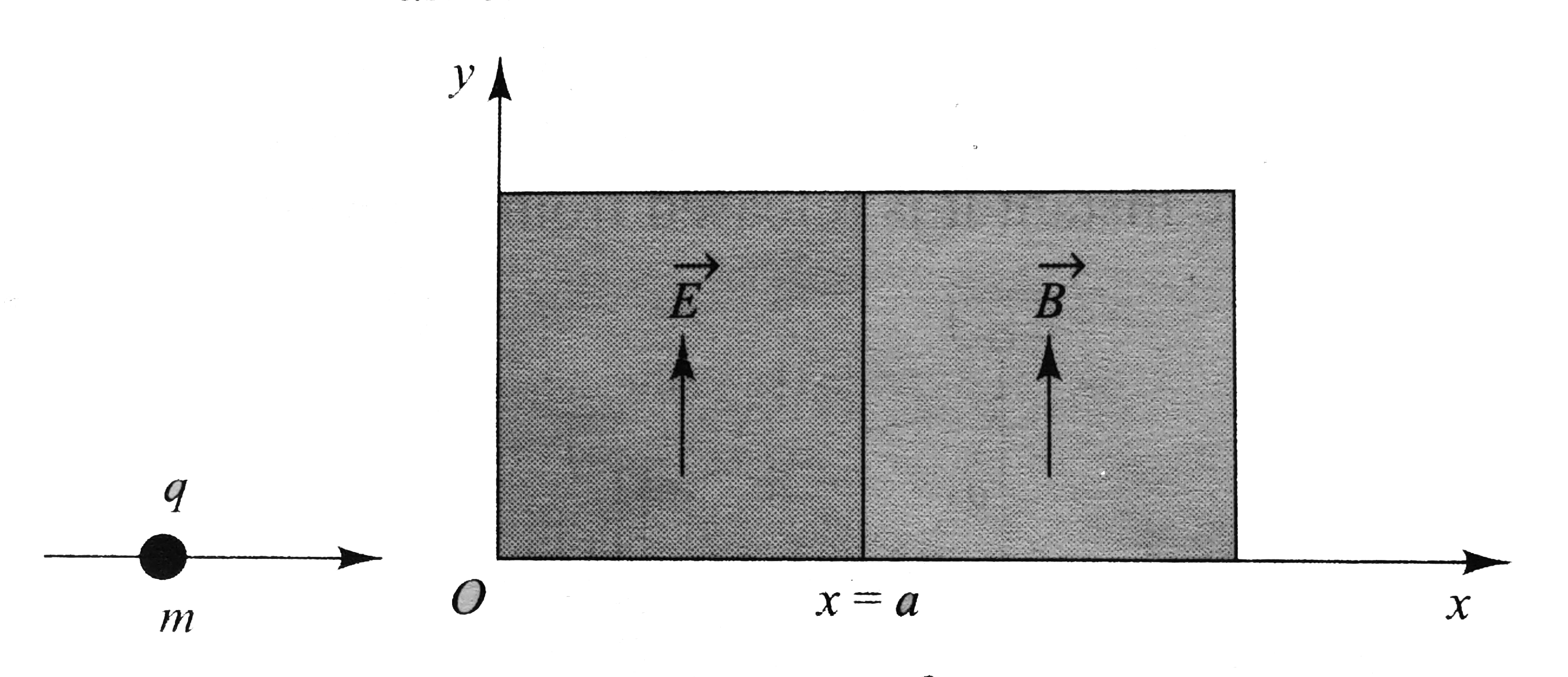Using an AC voltmeter, the potential difference in the electrical line in a house is found to be 234 V. If the line frequency is known to be 50 cycles per second, the equatioin for the line voltage is
(A) V=165sin(100πt)
(B) V=331sin(100πt)
(C) V=220sin(100πt)
(D) V=440sin(100πt)
The correct Answer is:B
E=(E0)sinωt
Voltage read is rms value.
∴(E0)=√2×234V=331V
amd ωt=2πft=2πzz50×t=100πt
Thus, the equation of the line voltage is given by
E=331sin(100πt).
Topper's Solved these Questions
- ALTERNATING CURRENTBOOK - CENGAGE PHYSICS ENGLISHCHAPTER - ALTERNATING CURRENTEXERCISE - Exercises Multiple Correct
5 Videos
- ALTERNATING CURRENTBOOK - CENGAGE PHYSICS ENGLISHCHAPTER - ALTERNATING CURRENTEXERCISE - Exercises Assertion-reasoning
7 Videos
- ALTERNATING CURRENTBOOK - CENGAGE PHYSICS ENGLISHCHAPTER - ALTERNATING CURRENTEXERCISE - Exercises Subjective
15 Videos
- ATOMIC PHYSICSBOOK - CENGAGE PHYSICS ENGLISHCHAPTER - ATOMIC PHYSICSEXERCISE - ddp.4.3
15 Videos
Similar Questions
Using an ac voltmeter, the potential difference in the electrical line in a house is read to be 234 V. If the line freqency is known to be 50 cycles per second, the equation for the line voltage is
View SolutionIn a Coolidge tube, the potential difference used to accelerate the electrons is increased from 24. 8 kV to 49.6 kV . As a result, the difference between the wavelength of Kα -line and minimum wavelength becomes two times. The initial wavelength of the Kα line is [Take hce=12.4kVÅ]
View SolutionIn a Coolidge tube, the potential difference used to accelerate the electrons is increased from 12.4kV to 24.8kV. As a result, the difference between the wavelengths of Kα-line and minimum wavelength becomes thrice. The wavelength of the Kα line is 0.25×KA∘. Find the value of K. hce=(12.4KVA∘)
View Solution
A photoelectric cell is connected to a source of variable potential difference, connected across it and the photoelectric current resulting (μA) is plotted against the applied potential difference (V). The graph in the broken line represents one for a given frequency and intensity of the incident radiation . If the frequency is increased and the intensity is reduced, which of the following graphs of unbroken line represents the new situation?
View SolutionIn a series LCR circuit with an AC source, R=300Ω,C=20μF,L=1.0henry,εrms=50V and v=50πHz. Find (a) the rms current in the circuit and (b) the rms potential differences across the capacitor, the resistor and the inductor. Note that the sum of the rms potential differences across the three elements is greater than the rms voltage of the source.
View SolutionIn a series LCR circuit with an AC source, R=300Ω,C=20μF,L=1.0henry,εrms=50V and v=50πHz. Find (a) the rms current in the circuit and (b) the rms potential differences across the capacitor, the resistor and the inductor. Note that the sum of the rms potential differences across the three elements is greater than the rms voltage of the source.
View SolutionAn electron of mass 'm' is accelerated through a potential difference of V and then it enters a magnetic field of inductionB. Normal to the lines of force. Then the radius of the circular path is
View SolutionA positively charged particle, having charge q, is accelerated by a potential difference V. This particle moving along the x-axis enters a region where an electric field E exists. The direction of the electric field is along positive y-axis. The electric field exists in the region bounded by the lines x=0andx=a. Beyond the line x=a (i.e., in the region x>a), there exists a magnetic field of strength B, directed along the positive y-axis. Find

a. at which point does the particle meet the line x=a.
b. the pitch of the helix formed after the particle enters the region x≥a. (Mass of the particle is m.)
View SolutionIn th electric potential on the axis of an electric dipole at a distance 'r' from it is V, then the potential at a point on its equatorial line at the same distance away frornt it will be
View SolutionAn electric iron is rated "220 V, 1 kW'. Under normal working conditions, find :
the power consumed if the line voltage falls to 180 V.
View Solution
